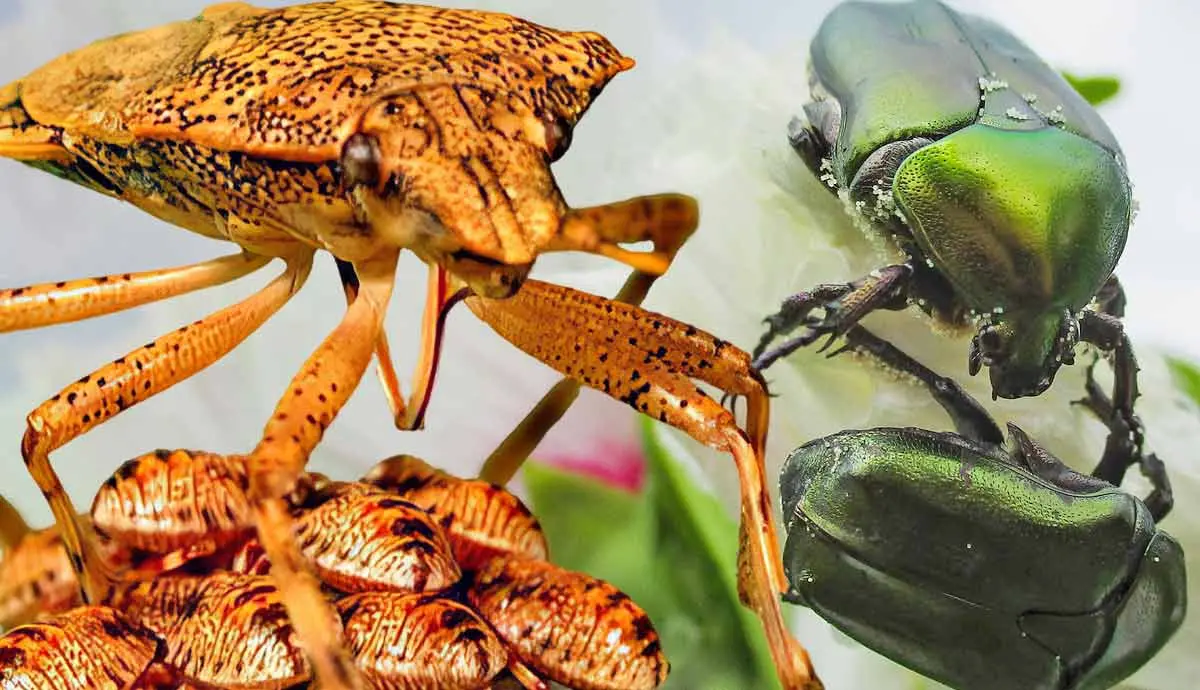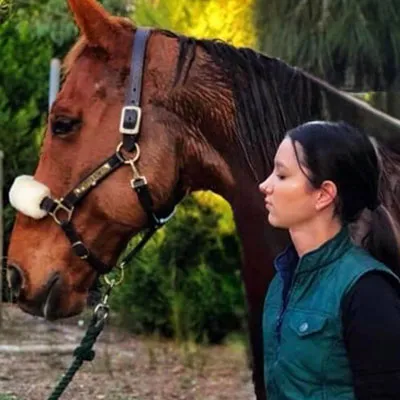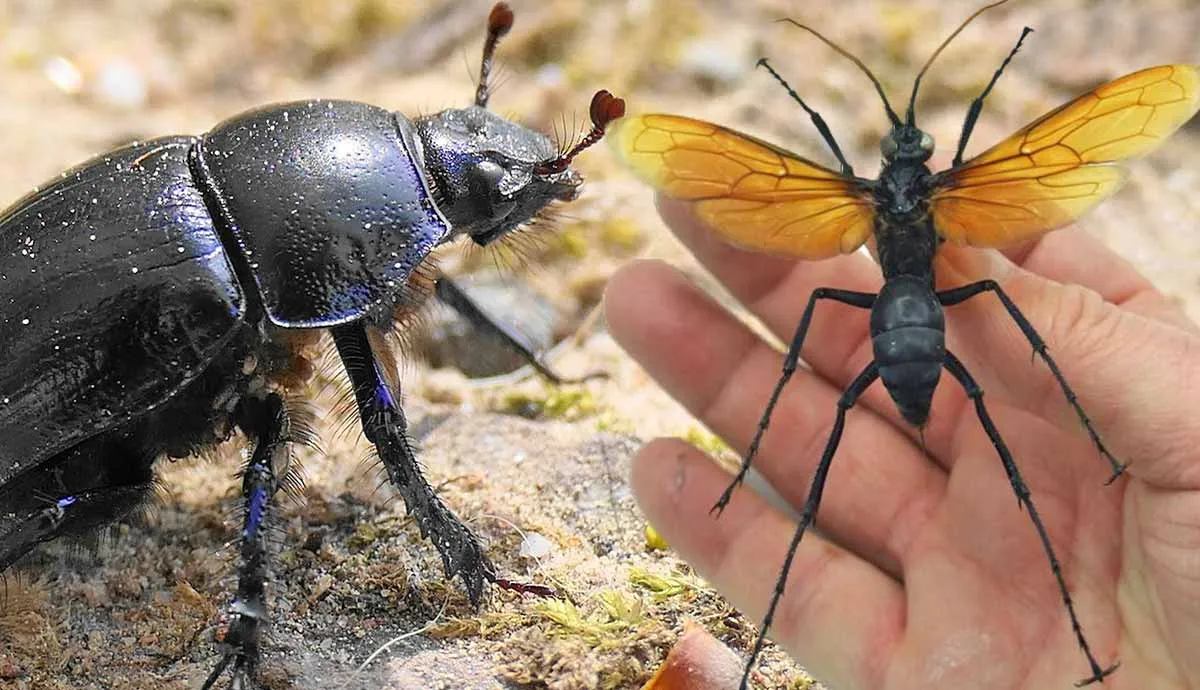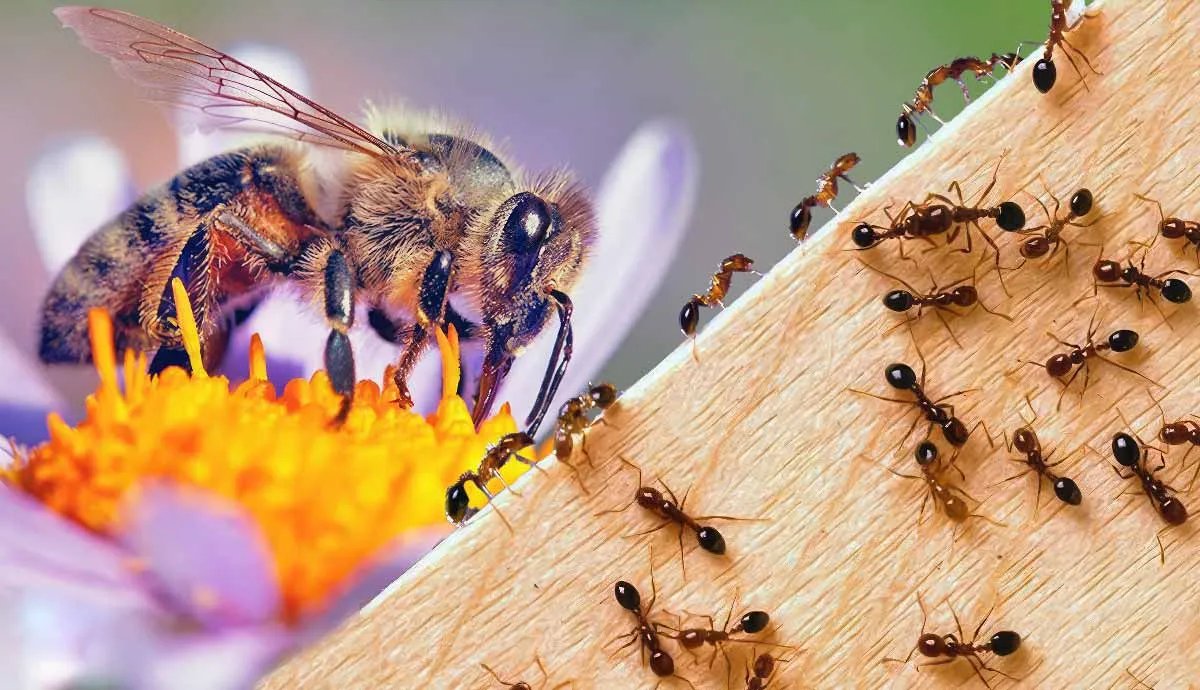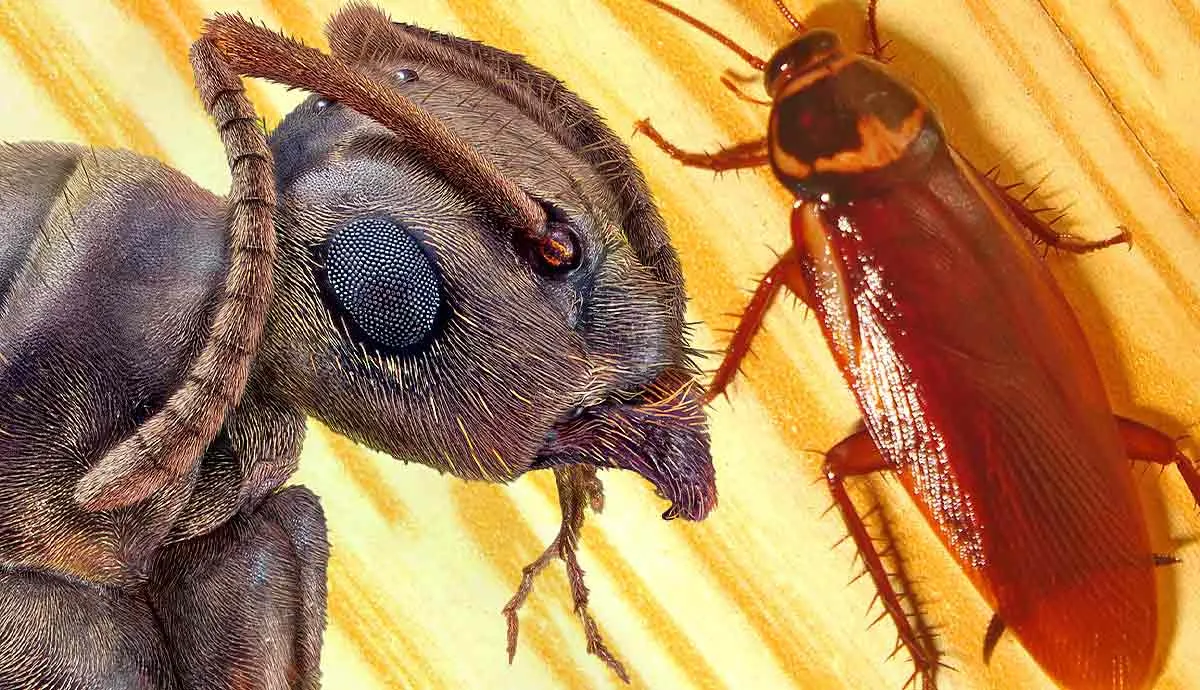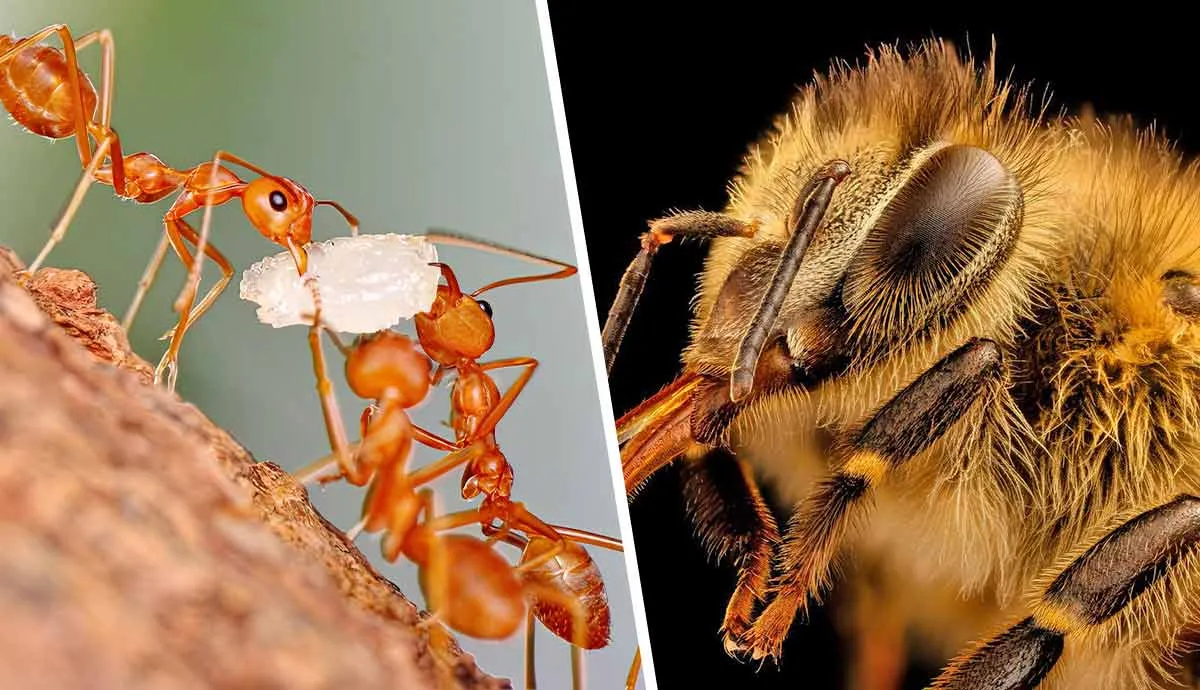There is no denying that nature can be rather brutal. At the same time, it can also be incredibly beautiful! While very different from the way that humans and other species raise their young, the way bugs choose to navigate this part of life is fascinating. It can be harsh, beautiful, and incredibly exciting.
Some species like to stay around, and others will simply drop their eggs and move on! It all depends on the type of bug. Take a look at a few species below and how they raise their young!
Egg Protection: Shielding Their Young
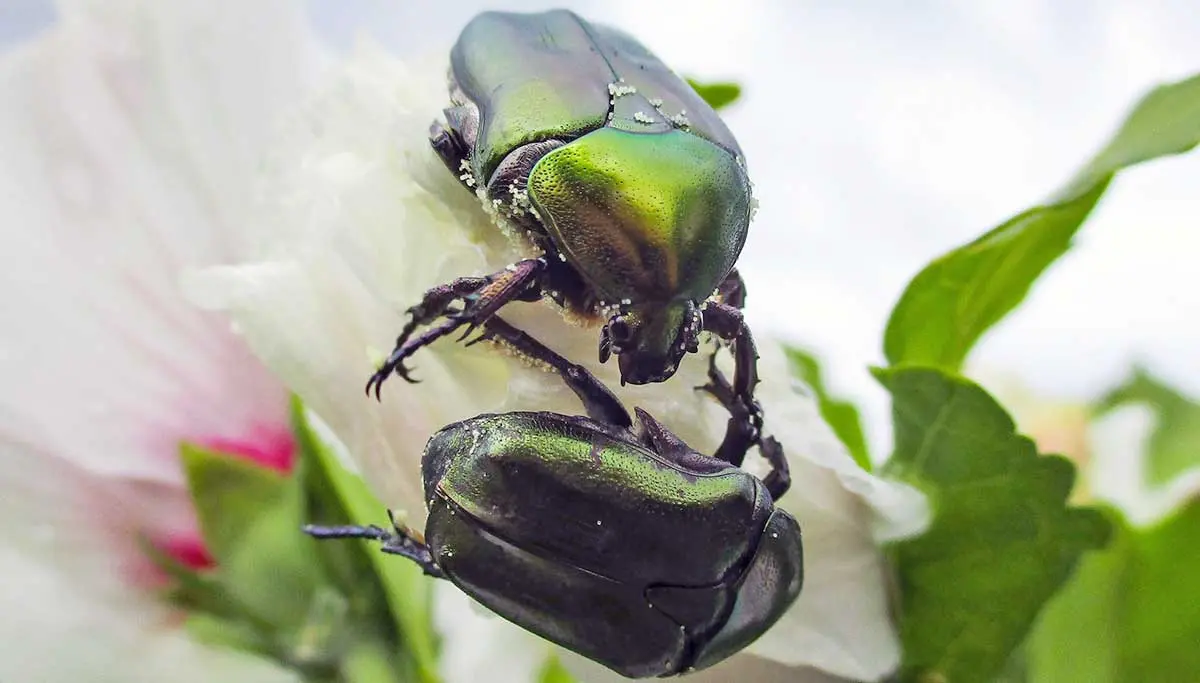
It all begins when the insect lays her eggs. This is the beginning of the life cycle. All species of insects have evolved in certain ways to deposit their eggs.
While some will stick around until hatching, others will lay their eggs and move on, leaving all survival requirements to their offspring alone. Insects will choose different spaces to lay their eggs depending on the needs of their eggs.
Butterflies, for example, will choose host plants. Usually, these plants will be the primary food source of larvae so that they have all the nutrients they need right from hatching. Other insects, like beetles, will burrow underground to keep their eggs safe from predators. Parasitic (parasitoid) wasps will lay their eggs inside of other insects as incubators.
How Mother Insects Provide Sustenance
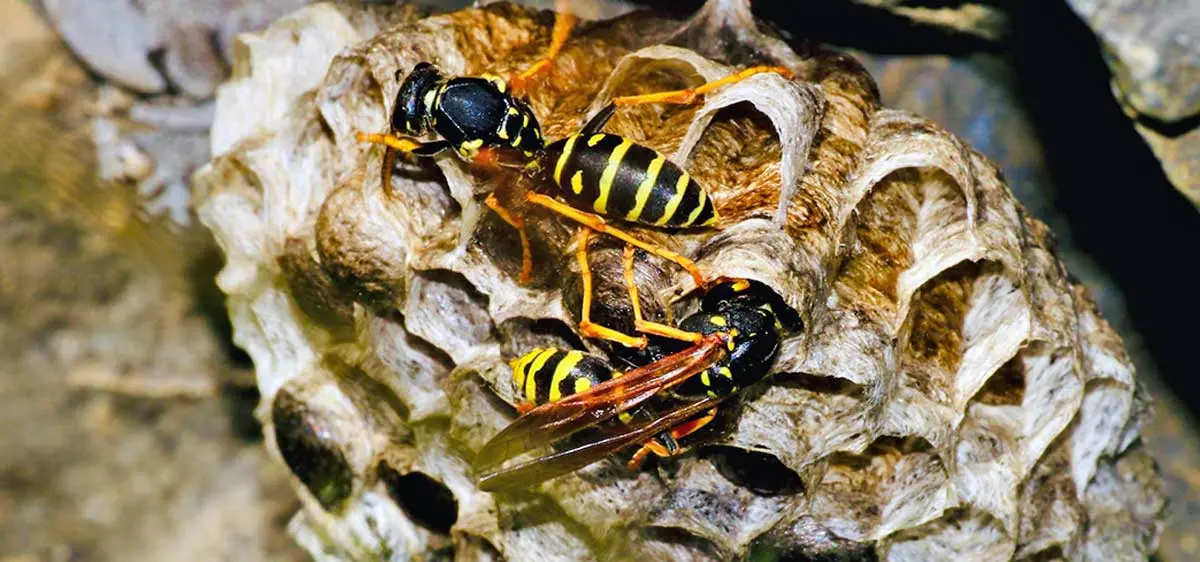
For the parents who choose to stick around, the next part is hatching. Female wasps and bees will often stock up their nests with nectar or paralyzed prey to provide for their young when they’re ready to hatch. Just like humans, most insects will prepare the first meals and enough sustenance for their young right away.
This is crucial to the early development of insect offspring. Another great example of this is leafcutter ants. These ants work hard in their complex social structures to carry fragments of leaves back to their colony, which works to create a substrate for a certain fungus that the ants cultivate.
From there, the fungus provides the first meal and plenty of nourishment for the ant larvae. This is just one of the ways that insect parents ensure that the nutritional needs of their young are met.
It Takes a Colony to Raise a Bug
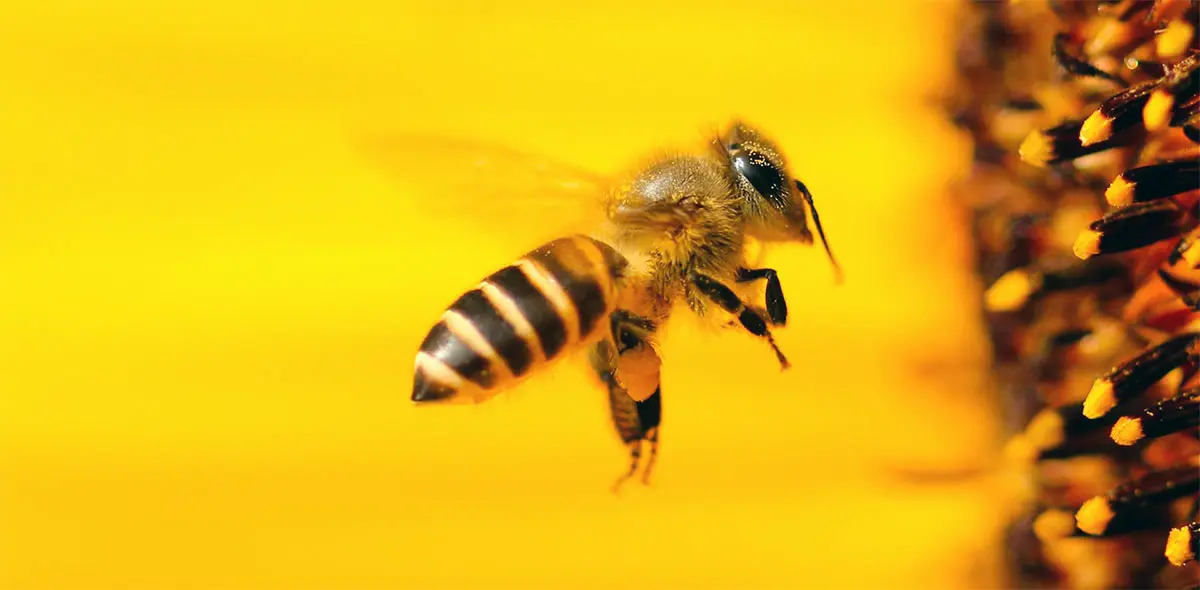
Insects use several interesting strategies to ensure that their offspring are always protected from both environmental hazards and predators. Insects that prefer to be social, like ants and honeybees, will assign certain roles within their colonies. Workers will work to guard and provide complex care for pupae, eggs, and larvae.
Worker ants will create nests underground to protect their larvae and pupae from the outside world. They provide structures for the offspring and provide them with food. Ant colonies even have worker ants to groom and clean the larvae to boost their hygiene and health.
Spiders, on the other hand, are perhaps the most hands-on parents. They carry their spiderlings around on their back, providing them protection, safety, and shelter from predators. Spiderlings are very vulnerable, which is why a mother’s protection is so crucial to their survival.
Some Bug Babies Metamorphize, Others Don’t
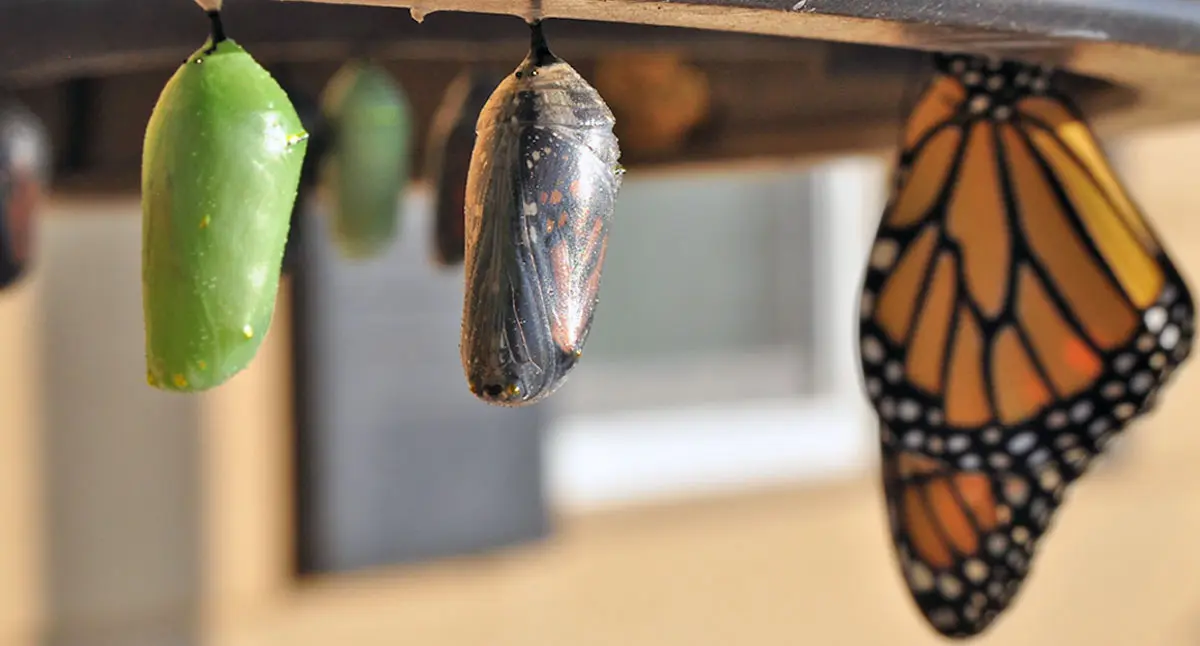
Everyone knows that the growth and development of insects include dramatic changes. Metamorphosis comes in two main forms for insects. These forms are complete and incomplete. Complete metamorphosis is something that butterflies and beetles go through.
In terms of the process, the young insect looks completely different from the form it takes as an adult. At the pupal stage, it goes through an extreme amount of growth to transform. In contrast, mantises and grasshoppers go through incomplete metamorphosis.
The young, known as nymphs, tend to resemble tinier versions of the adult insects. They go through multiple malts and a less dramatic process.
Some Parents Make the Ultimate Sacrifice

Some insect parents give the ultimate sacrifice - their lives. Some insects, like the female praying mantis, show cannibalistic tendencies after mating. Once the mating is complete, the female mantis may choose to consume her mate to ensure that she has high amounts of protein in her system to lay eggs.
While harsh, it ensures that the female has enough energy to care for her spring and in turn, the eggs have a good start to life. Some female spiders even allow their young to eat them as a source of nourishment. This way, the offspring are sure to have a head start in life.
Social Structures Foster Robust Insect Young
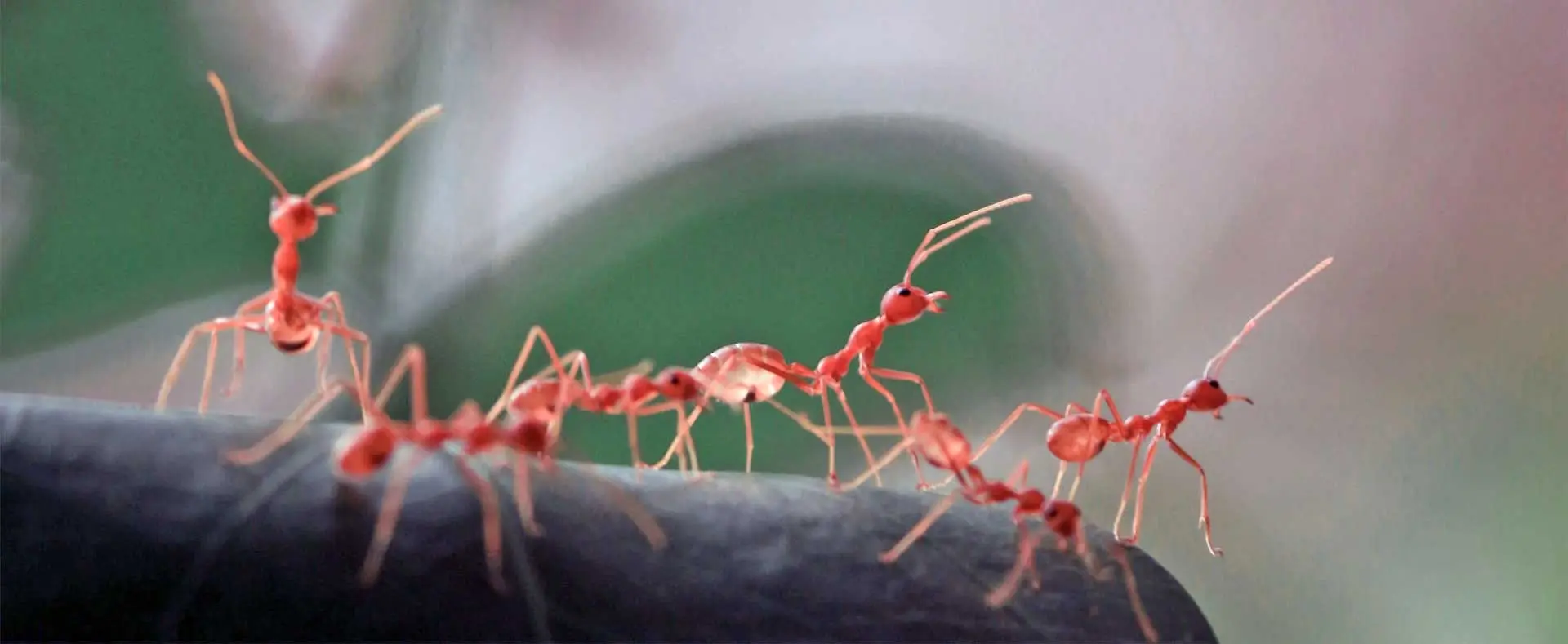
Insects with busy social lives, such as termites, ants, and bees, take parenting to another level. They live in large colonies with complex social structures. These structures consist of soldiers, worker insects, and a queen. In terms of bees, the queen bee is the primary egg-laying female.
The workers tend to her to help her care for her children. This is common in many insect colonies. The role of parenting is distributed among all of the worker insects.
This allows for huge success when it comes to the rearing of large numbers of offspring. Colonies are one of the most respectable and remarkable examples of long-term insect parenting.
Bug Parents Prepare Offspring for Environmental Challenges
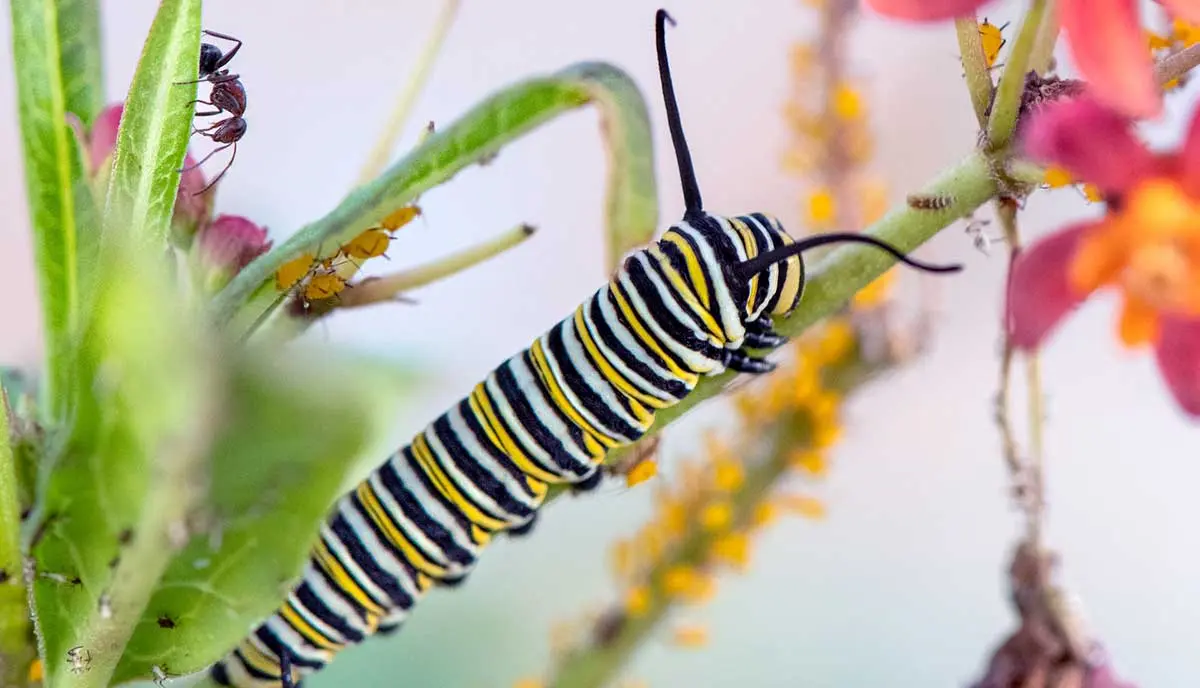
Even the best parents deal with challenges. The wild insect world will never be without its fair number of obstacles. Insects must deal with natural parasites, predators, and environmental factors that can threaten offspring survival.
Luckily, insects have evolved to protect and ensure the reproductive success of their young via unique adaptations. Some insects have even gone as far as to develop chemical defenses, while others will camouflage themselves or their young. These adaptations include nesting, building protective chambers, and hiding their eggs.
Some insects will even defend their young with their life. That is some extreme parenting right there!
